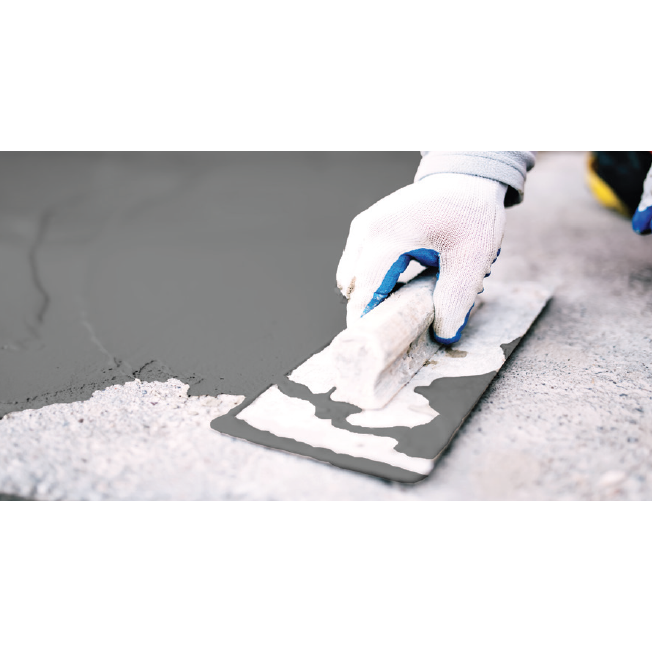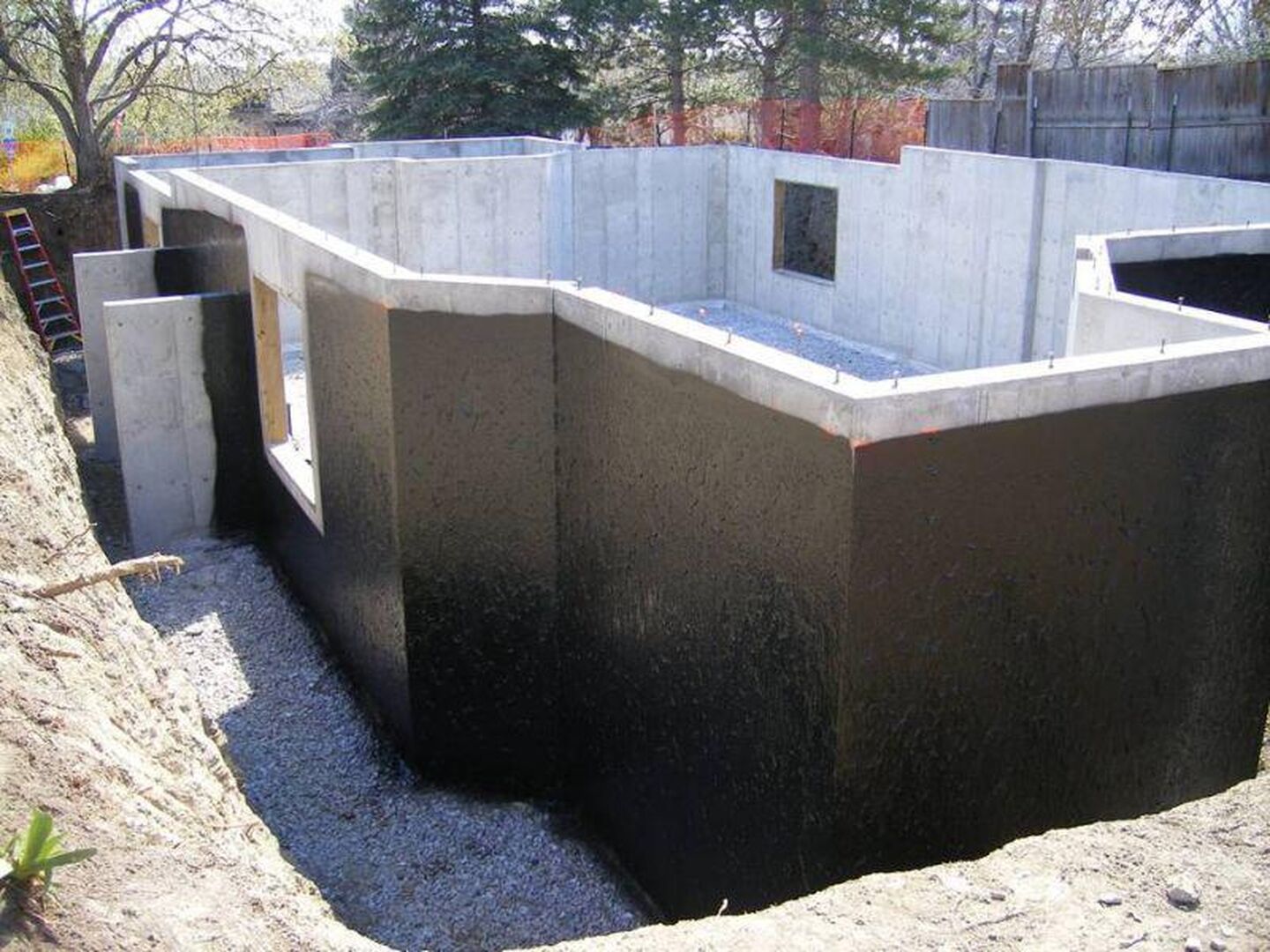Exactly How Waterproofing Works: A Thorough Look at Techniques and Technologies
Waterproofing is vital for protecting structures from moisture-related damage. It involves numerous strategies and technologies that produce obstacles against water intrusion. Conventional approaches, such as compacted clay, coexist with modern-day innovations like liquid-applied membranes. Recognizing the nuances of these strategies is important for reliable application. The efficiency of any type of waterproofing option pivots not just on the techniques utilized but likewise on ongoing maintenance and assessment. What are the key factors that influence long-lasting efficiency?
Recognizing the Basics of Waterproofing
Waterproofing is a necessary procedure that protects frameworks from water intrusion, which can bring about considerable damages with time. This approach involves the application of different products and methods designed to develop an obstacle against dampness. The key objective is to stop water from permeating surface areas, which can cause deterioration, mold and mildew development, and structural instability.Various factors affect the selection of waterproofing approach, including the sort of structure, its location, and environmental problems. Understanding the physics of water activity and the properties of different materials is crucial in selecting an effective waterproofing solution.Effective waterproofing not only safeguards structures however additionally boosts their durability and integrity. Commonly, it is incorporated right into the layout phase of building and construction to guarantee comprehensive protection. As understanding of water-related problems expands, the significance of comprehending waterproofing basics becomes progressively clear to architects, home builders, and residential property owners alike.
Typical Waterproofing Approaches
Standard waterproofing methods have actually been used for centuries, depending on time-tested techniques and products to secure structures from water damage. One of the earliest methods includes making use of clay, which, when compressed, develops an all-natural obstacle versus moisture. Additionally, bitumen, a sticky, black material derived from petroleum, has actually been used for its water-resistant buildings, commonly applied to roof coverings and foundations.Another method entails the application of lime-based plasters, which supply a breathable layer that enables dampness to leave while stopping water access. Thatch roof covering, a conventional technique still seen in some cultures, supplies excellent waterproofing as a result of its tightly packed straw layers.Moreover, the usage of rock and brick has actually been popular, as these products are naturally immune to water when properly installed. In general, traditional waterproofing techniques stress the value of picking appropriate products and building techniques to enhance toughness against water breach.
Modern Waterproofing Technologies
Innovations in modern waterproofing technologies have transformed the means structures are secured from water damages. Ingenious methods such as liquid-applied membranes and innovative sealants have actually enhanced the effectiveness and adaptability of waterproofing services. These technologies permit seamless application, reducing the risk of leakages and ensuring thorough coverage over intricate surfaces.Moreover, the assimilation of smart modern technologies, such as wetness sensing units and automated surveillance systems, enables real-time assessment of waterproofing efficiency. This aggressive strategy facilitates timely upkeep and lowers long-term fixing costs.Additionally, improvements in spray-applied coverings offer fast application and exceptional bond, adjusting to numerous substratums while offering durable protection. Strategies like polymer-modified systems additionally enhance adaptability and longevity, making them ideal for varied environments. In general, modern waterproofing technologies not just minimize water breach however additionally contribute to the long life and sustainability of structures, noting a significant change in the market.
Products Used in Waterproofing
The performance of waterproofing solutions greatly depends on the materials utilized in their application. Different products are employed to create barriers against water ingress, each with one-of-a-kind buildings matched for various atmospheres. Frequently utilized materials include membrane layers, layers, and sealants.Liquid-applied membranes, typically made from polyurethane or acrylic, create a smooth obstacle that adjusts to intricate surface areas. Sheet membrane layers, normally built from rubber or thermoplastic, offer longevity and are perfect for bigger areas. In addition, cementitious waterproofing materials, composed of cementitious compounds, supply superb bond and flexibility.Sealants made from silicone or polyurethane are necessary for joints and seams, ensuring extensive security. Additionally, advanced products, such as geo-composite membrane layers, combine several functions, enhancing performance. On the whole, the selection of waterproofing materials is essential in achieving long-lasting and reliable water resistance, customized to details task needs and ecological conditions.
Common Applications of Waterproofing
Waterproofing plays a necessary duty in numerous industries, guaranteeing the long life and integrity of frameworks. Typical applications consist of domestic solutions that secure homes, business facilities that safeguards organizations, and commercial settings that require robust protection versus moisture. Recognizing these applications highlights the significance of waterproofing in maintaining both security and capability across different environments.
Residential Waterproofing Solutions
Numerous home owners encounter challenges with dampness breach, making effective residential waterproofing remedies essential. Various techniques exist to resolve this concern, consisting of interior and outside waterproofing systems. Interior solutions frequently include the application of sealants and finishes to cellar walls, which assist avoid water infiltration. Exterior techniques usually consist of the setup of drain systems and waterproof membrane layers that divert water far from the foundation.Additionally, house owners may think about sump pumps to remove water build-up and dehumidifiers to control humidity levels. Correct grading and the use of rain gutters additionally play an essential role in handling water flow around the home. By carrying out these techniques, property owners can substantially lower the danger Get More Information of water damage and mold development, ensuring a completely dry and safe living atmosphere.

Business Facilities Security
Efficient waterproofing services play an important role in the defense of business framework. French drain installation Omaha. These techniques are necessary for securing buildings, car parking structures, and bridges from water damages, which can compromise structural integrity and lead to pricey fixings. Typical applications include the installment of membrane layers, finishes, and sealers that produce barriers against wetness infiltration. Areas such as basements, roofs, and exterior wall surfaces are usually prioritized to ensure longevity and durability. Additionally, waterproofing systems can boost power effectiveness by protecting against water-related concerns that might lead to mold growth and degeneration. By executing durable waterproofing procedures, residential property proprietors can safeguard their financial investments and maintain operational effectiveness, eventually adding to the overall sustainability of business facilities
Industrial Applications Summary
While different sectors encounter distinct obstacles, the demand for dependable waterproofing options continues to be a continuous in industrial applications. Industries such as production, construction, and power commonly come across settings where moisture exposure can endanger structural stability and operational performance. In manufacturing facilities, waterproofing is important for securing machinery and materials from water damage. In building, it safeguards foundations and basements versus groundwater seepage. The energy field relies upon waterproofing for the security of equipment in hydroelectric plants and offshore structures. Additionally, food processing sectors use waterproofing to assure health and compliance with safety criteria. On the whole, efficient waterproofing options are necessary for boosting longevity, safety and security, and productivity throughout different industrial settings.
Maintenance and Durability of Waterproofing Solutions
Although waterproofing options are made to supply long-lasting defense versus wetness intrusion, routine upkeep is necessary to guarantee their performance and long life - Basement waterproofing Omaha. Regular evaluations play a significant function in recognizing prospective problems such as splits, peeling off, or indications of water damage. Resolving these issues promptly can prevent further wear and tear and expensive repairs.Additionally, cleansing the surface area of waterproof locations aids get rid of dust and debris that can endanger the honesty of the waterproofing barrier. It's additionally advisable to reapply safety finishings or sealers as suggested by makers to maintain perfect efficiency. Environmental aspects, such as UV direct exposure and extreme climate condition, can affect the life-span of waterproofing materials, making routine evaluation important
Often Asked Concerns
Can Waterproofing Be Applied in Cold Climate?
The concern of using waterproofing in cool weather elevates problems regarding adhesion and healing. Several products may not carry out at their ideal in reduced temperature levels, necessitating mindful option and consideration of certain standards for effective application.
Exactly How Long Does Waterproofing Typically Last?
The period of waterproofing efficiency varies based on products and ecological variables. Normally, it can last from five to ten years, yet regular upkeep and examinations are important to guarantee peak efficiency and longevity.
Is Do It Yourself Waterproofing Effective and Safe?
The efficiency and safety and security of DIY waterproofing depend upon various aspects, consisting of material quality and application technique. While some individuals achieve adequate outcomes, others may experience issues that endanger lasting protection and architectural stability.
What Are the Indications of Failing Waterproofing?
Signs of falling short waterproofing include visible water spots, peeling off paint, mold growth, stuffy odors, and wetness in walls or ceilings - Yard drainage Omaha. These indicators recommend endangered obstacles, requiring punctual inspection and possible remediation to stop more damage
How Do I Choose the Right Waterproofing Contractor?
